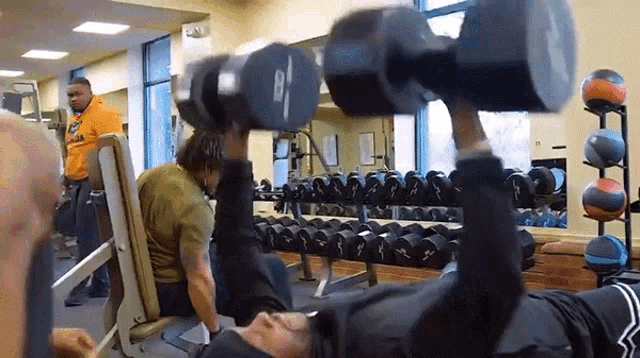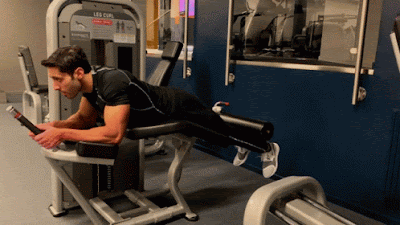Wrist flexer
Wrist flexor
Wrist Flexor Exercise is a simple and effective exercise specifically designed to strengthen and improve the flexibility of your wrist and forearm muscles. this exercise is solely to improve the strength of one part of the body — and that is our wrist.
Wrist flexer
When we use accesories in dailylifestyle , or lift heavy weights in the gym, our wrist muscles often become fatigued, leading to strain or pain. The Wrist Flexor Exercise helps prevent such issues. It not only improves blood circulation but also reduces the risk of injuries.
If you are involving ,some hardwork or muscle work or daily lifestyle works ,your wrist is used .
You don’t need any special equipment to perform this exercise. You can easily do it at home or even in the office.
How to Do Wrist Flexor Exercise
The Wrist Flexor Stretch is a simple and effective way to improve the flexibility and strength of the muscles, especially around the wrist. This exercise is often recommended for people who use their hands a lot during the day — such as while typing, writing, lifting.
Tips:
Keep your elbow straight while doing .
Do not force the stretch —
You can repeat this 2–3 times for each arm.
Stretching Exercises
1.Wrist Flexor Stretch
2.Wrist Extensor Stretch
3.Wall Wrist Stretch
Curl exercises
1.Seated Wrist Curl
2. Seated Reverse Wrist Curl
3.Standing Wrist Curl
4. Standing Reverse Wrist Curl
5.Barbell Wrist Curl
6.Dumbbell Wrist Curl







